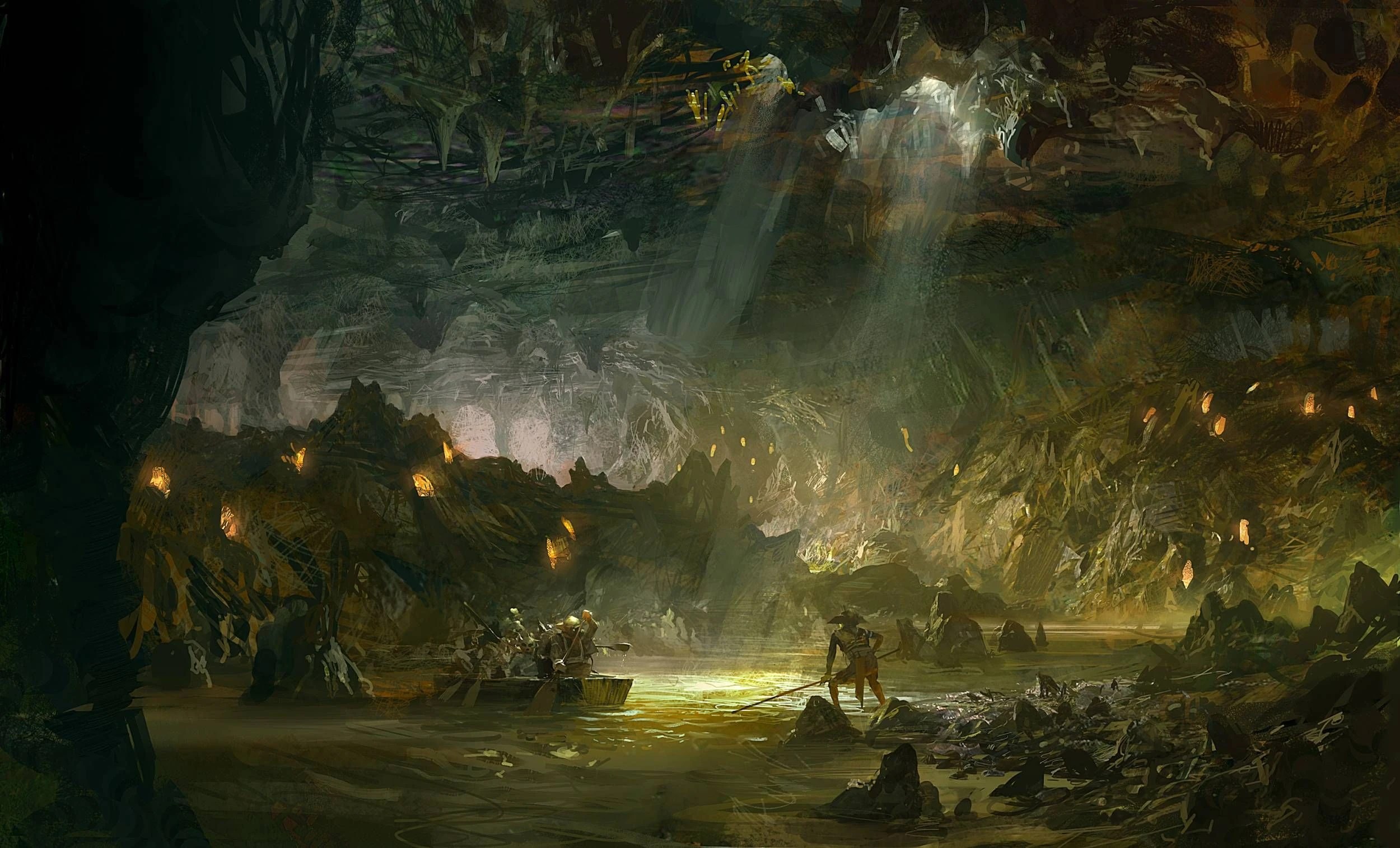Exploring The Mysteries Of Goblin Caves: A Comprehensive Guide

Goblin caves have always sparked the imagination and intrigue of adventurers and explorers alike. These enigmatic formations are not only fascinating geological structures but also rich in folklore and history. In this article, we will explore what goblin caves are, their geographical locations, the myths associated with them, and much more. Prepare yourself for an in-depth journey into the world of goblin caves!
As we delve deeper into the subject, you will discover the unique features that set goblin caves apart from other cave systems. We’ll also discuss the ecological significance of these caves, the various species that inhabit them, and the conservation efforts in place to protect these natural wonders. Whether you are a seasoned caver or a curious beginner, this guide will provide you with valuable insights into goblin caves.
So, buckle up as we embark on this adventurous exploration of goblin caves, where we will unravel the secrets hidden beneath the earth's surface. By the end of this article, you will not only gain a thorough understanding of goblin caves but also appreciate their importance in our ecosystem and culture.
Table of Contents
What Are Goblin Caves?
Goblin caves are natural cave formations that have been shaped over thousands of years by geological processes such as erosion and volcanic activity. These caves are often characterized by their unusual rock formations, stalactites, and stalagmites. The term "goblin" often derives from local folklore, where these caves are said to be inhabited by mythical creatures known as goblins.
These caves can vary significantly in size and complexity, with some being small and easily accessible while others can stretch for miles underground. The unique geological features of goblin caves make them a popular destination for spelunkers and nature enthusiasts.
Geographical Locations of Goblin Caves
Goblin caves can be found in various parts of the world, often in regions with significant limestone deposits or volcanic activity. Some notable locations include:
- Goblin Valley State Park, Utah, USA: This park is famous for its hoodoo rock formations and nearby caves.
- Goblin Cave, New Zealand: A popular tourist attraction known for its stunning limestone formations.
- Goblin Caves, Scotland: These caves are steeped in local legend and offer a glimpse into ancient history.
Myths and Legends Surrounding Goblin Caves
Throughout history, goblin caves have been the subject of numerous myths and legends. Many cultures have stories of goblins, fairies, and other mythical creatures that are said to dwell in these caves. Some common themes include:
1. Treasures and Riches
Many legends speak of hidden treasures guarded by goblins in the depths of these caves. Adventurers often embark on quests to find these riches, only to discover that the real treasure lies in the experience itself.
2. Cursed Locations
Some goblin caves are rumored to be cursed, with tales of misfortune befalling those who dare to enter. These stories serve as cautionary tales, warning explorers to respect nature and the unknown.
Ecological Significance of Goblin Caves
Goblin caves play a crucial role in their ecosystems. They serve as habitats for various species and help maintain biodiversity. Here are some key ecological functions of goblin caves:
- Microclimate Regulation: Caves provide a stable environment with controlled temperature and humidity, which is essential for many species.
- Water Filtration: Caves often act as natural aquifers, filtering and storing groundwater.
- Carbon Dioxide Absorption: The unique rock formations in caves can contribute to the absorption of CO2, helping mitigate climate change.
Species Inhabiting Goblin Caves
Goblin caves are home to a variety of species, many of which are specially adapted to cave environments. Some common inhabitants include:
- Bats: These flying mammals are often found in large colonies within caves, playing a vital role in insect population control.
- Blind Fish: Some caves contain species of fish that have adapted to the dark environment, losing their eyesight over generations.
- Unique Invertebrates: Various insects and arachnids thrive in cave environments, many of which are not found anywhere else.
Conservation Efforts for Goblin Caves
As awareness of the ecological importance of goblin caves grows, so do conservation efforts. Some initiatives include:
- Protected Areas: Many goblin caves are now designated as protected areas to preserve their unique ecosystems.
- Public Education: Organizations often conduct educational programs to inform visitors about the significance of these caves and the need for their protection.
- Research and Monitoring: Ongoing research helps track the health of cave ecosystems and the species that inhabit them.
Exploring Goblin Caves: Tips and Safety
For those eager to explore goblin caves, safety should always be a priority. Here are some tips to ensure a safe and enjoyable experience:
- Always Go in Groups: Exploring caves is best done with experienced companions.
- Wear Appropriate Gear: Sturdy footwear, helmets, and headlamps are essential for cave exploration.
- Respect the Environment: Follow the Leave No Trace principles to protect the fragile cave ecosystem.
Conclusion
In summary, goblin caves are remarkable natural formations that offer a glimpse into both geological processes and rich cultural folklore. These caves provide critical habitats for various species and play a vital role in our ecosystem. As we continue to explore and appreciate these natural wonders, it is essential to prioritize their conservation and protection for future generations.
We invite you to share your thoughts about goblin caves in the comments below, and don't forget to share this article with fellow nature enthusiasts! For more fascinating articles on natural wonders, be sure to check out our other content.
Thank you for joining us on this expedition into the world of goblin caves. We hope to see you back here for more exciting explorations!
ncG1vNJzZmivmaC2b7XSrJirrZKWe6S7zGiqsKGWqbCivtNqbWifn5e5qrqMnJivnaNjtbW5yw%3D%3D